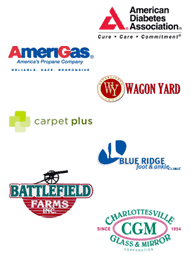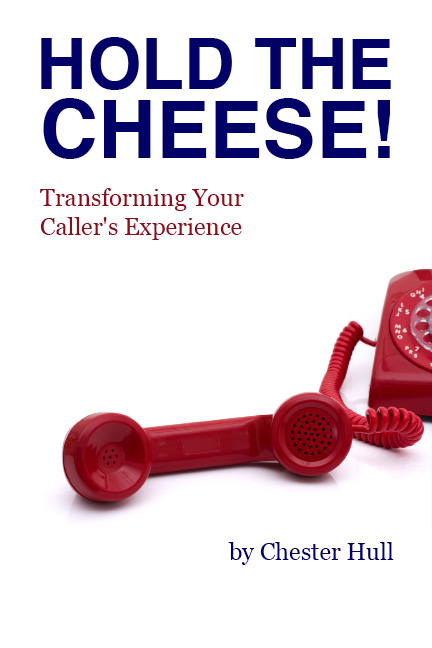Your advertisements are tweaked to achieve maximum response. You’ve analyzed the colors, words, and images until you know there’s nothing else you can do. It’s your message to your market, and you’re ready to let it fly.
So what will happen with those potential customers call you? Have you thought about HOW they buy? Have you considered their buying preferences?
Research from Dr. Carl Jung, Dr. Marston, and others, there are four basic preferences in how people perceive the world, and make decisions. We’ll call those Competitive, Spontaneous, Humanist, and Methodical.
People like to hear things in their own language…the way things make sense to them. If you’re talking in the fast paced, make-it-happen-now, pull-the-trigger-and-ride-the-bullet world of a Spontaneous, you might lose the Humanist, because they need a deeply personal connection in order to do business with you.
On the other hand, outlining all the facts, timelines, and responsibilites for the Methodical can cause the Competitive, and especillay the Spontaneous, to be bored, and not pay attention.
Just like we like to communicate in the “language” of our personality type, we also tend to write and speak in that same language.
So what do you do? How can you keep from isolating a large percentage of your callers?
You should make a consciense effort to include words from each of the four personality types.
Methodicals focus on language that answers the question “How?”. How does this work? How do the details fit together. How can I plan ahead with this?
Spontaneous personalities live in the moment, focusing on phrases like “Why do you think you can getme what I need quickly? Why is your service superior?
Humanistic personalities have a personal, relationship-oriented focus. They want to hear phrases like “Who uses your products? Who is on your staff, and let me see the bios. Who can tell me how your product or service will make me feel?
Competitive personalities focus on answering the “What” question. They’ll often ask “What are your competitive advantages? What makes you a superior choice? And What can you do to help me be more productive.
Wow! That’s a lot to keep up with! So how does it all work together? Here’s an example of four different ads, each written for a mythical cruise line. Each based on the same DEMOgraphics, but written specifically for each of the four personalities. See if you can tell which ad is targeted to which demographic?
1. 8 decks of fun. 21 meals prepared by top chefs in the world. 42 hours to sit by the pool. Planned activities everyday. Bring your swimsuit and evening gown, because we cover both extremes. We guarantee you’ll relax, or your money back.
2. Congratulations, you’re cruising on the best rated Cruise Line ever. Custom toiletries in every cabin, and VIP tours and activities are available. Meet new friends, and show off a little while you relax. And never be out of touch with your friends and followers, with onboard internet access (included in your Premium pass).
3. You’ll never have another chance to live today, so enjoy it as much as you can with a cruise on Women’s Escape Cruislines. Book it now for a special bonus offer of an “I Escaped with W.E.C!” windbreaker. Because this might be your first cruise, but it won’t be your last. Make your own schedule, because on this cruise, we’re open around the clock!
4. “Cruising was the most relaxing vacation I’ve ever taken”…Cristy – Cruised to Barbados . “Knowing that Women’s Escape Cruislines was tailored specifically for what I as a woman like, made it an easy choice. And spending the week with 3 old friends made it feel like we were back in middle school”. Helen – Cruised to Jamaica. Women’s Escape Cruislines has the most return friends cruising. In fact, 40% of our cruisers are second or 3rd time cruisers.
So how did you do? 1 is for the Methodical, with all details included, nothing left to chance, and prepared for anything. 2 is for the Competitive, with VIP tours, best ratings, and premium upgrades. 3 is for the Spontaneous, with a “book it now” bonus offer, a free gift, and the ability to have fun when and where you want. And 4 is for the Humanistic, with a personal connection, a reccomendation from someone else, and a knowledge that they are making the right choice.
By writing your On-Hold and Auto Attendant messages with these things in mind, you’ll be able to craft your specific message in ways that will strike a chord with all personalities!


 Facebook
Facebook LinkedIn
LinkedIn Twitter
Twitter



